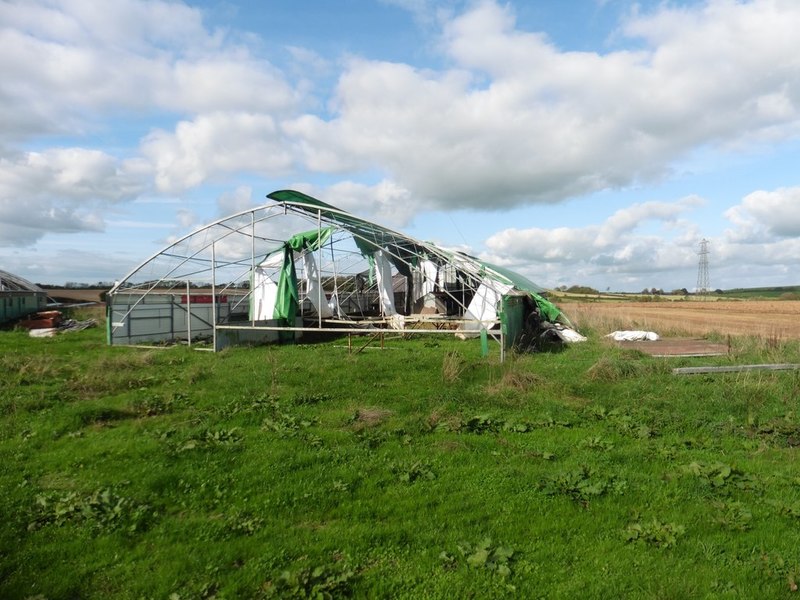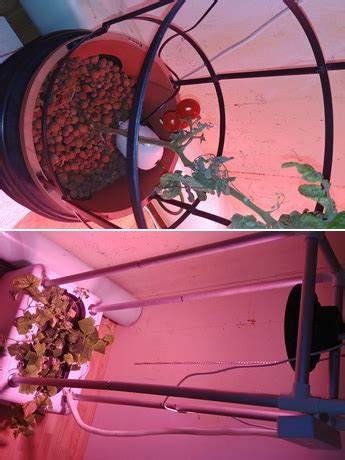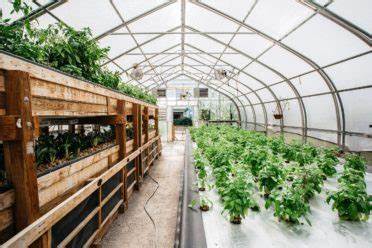
Transforming Abandoned Buildings into Vertical Farms: Revolutionizing Urban Agriculture for Food Security
Introduction
The concept of transforming abandoned buildings into vertical farms has gained traction as a solution to urban agriculture and food security challenges. By utilizing unused urban spaces, vertical farming offers the potential to increase food production, reduce transportation costs, and promote sustainable agriculture. This article explores the historical background, key concepts, benefits, case studies, current trends, challenges, and future outlook of vertical farming in abandoned buildings.
Historical Background
Vertical farming has evolved over the years, with innovative techniques and technologies being developed to maximize agricultural productivity in limited spaces. Previous attempts to repurpose abandoned buildings for agricultural purposes have provided valuable insights into the feasibility and potential of this concept.
Key Concepts and Definitions
Vertical farming is the practice of growing crops in vertically stacked layers, utilizing technologies such as hydroponics, aeroponics, and aquaponics. Abandoned buildings, which refer to structures that are no longer in use or have been neglected, offer the potential for transformation into vertical farms. Sustainable agriculture and resource efficiency play a crucial role in vertical farming, ensuring optimal use of resources and minimizing environmental impacts.
Main Discussion Points
Repurposing Abandoned Buildings for Vertical Farming
The advantages of using abandoned buildings as vertical farms include the availability of existing infrastructure, reduced land requirements, and protection against external environmental factors.
Retrofitting or modifying buildings for agricultural use involves incorporating necessary systems such as lighting, irrigation, and climate control.
Repurposing abandoned buildings may face challenges such as structural limitations, zoning regulations, and the cost of retrofitting.

Benefits of Vertical Farming in Abandoned Buildings
Vertical farming in abandoned buildings allows for increased food production within urban areas, reducing the dependence on remote agricultural regions.
The proximity of vertical farms to consumers reduces transportation costs and carbon footprint associated with long-distance food distribution.
Vertical farming in abandoned buildings has the potential to create job opportunities and contribute to economic development in urban areas.
Environmental Sustainability in Vertical Farming
Vertical farms can utilize renewable energy sources such as solar panels and wind turbines to minimize reliance on non-renewable resources.
Water conservation and efficient resource management are integral to vertical farming practices, reducing water consumption and waste.
Vertical farming promotes organic practices and reduces the use of pesticides, leading to healthier produce and a safer environment.
Case Studies or Examples
Real-world examples of successful transformations of abandoned buildings into vertical farms showcase the potential of this approach. Specific projects and their outcomes highlight the feasibility and benefits of vertical farming in abandoned buildings. Lessons learned from these case studies contribute to the ongoing improvement and development of vertical farming practices.
Current Trends or Developments
Recent trends and advancements in vertical farming technology are shaping the future of this industry. Innovative approaches and new research findings are driving the optimization of vertical farming systems, increasing efficiency and productivity. The growing interest and investment in urban agriculture and vertical farming indicate a promising future for this field.

Challenges or Controversies
Addressing potential challenges related to regulatory and zoning issues is crucial for the successful repurposing of abandoned buildings for vertical farming. Controversies and differing viewpoints surrounding the economic feasibility and scalability of vertical farming need to be considered and discussed. Concerns regarding energy consumption and potential environmental impacts should also be addressed through sustainable practices.
Future Outlook
The future implications and potential growth of vertical farming in abandoned buildings are promising. Technology and innovation will continue to drive advancements in this field, resulting in more efficient and sustainable agricultural practices. Vertical farming has the potential to contribute significantly to sustainable urban development and resilient food systems.
Conclusion
Transforming abandoned buildings into vertical farms presents an innovative solution to address urban agriculture challenges. By repurposing unused urban spaces, vertical farming can enhance food security, promote sustainable agriculture, and contribute to economic development. Further exploration and research are encouraged to unlock the full potential of this transformative approach.




